I am struggling to customise the jump size on the x-axis in R.
Current code:
par(mfrow = c(2,2))
r.star.ts.sp <- ts(r.star.sp, frequency = 4, start = c(1978,1), end = c(2018, 1))
# Big drop in r* around 123th quarter equivalent to 2008:Q4 / 2009:Q1
trendgrowth.ts.sp <- ts(trendgrowth.sp, frequency = 4, start = c(1978,1), end = c(2018, 1))
plot.ts(r.star.ts.sp,
ylim = c(-3, 4), xlab = " ", ylab = " ", axes = F, col = "blue")
lines(trendgrowth.ts.sp, lty = 2, col = "red")
abline(h = 0, lty = 2)
title(main ="r* and Trend Growth", line = 0.5, font.main = 3)
box()
axis(4)
axis(1)
legend("bottomleft", legend = c("r*", "Trend Growth (g)"),
bty = "n", lty = c(1,2), col = c("blue", "red"), horiz = F, text.col = "black",
cex = 1, pt.cex = .5, inset = c(0.02, 0.02))
# -------------------------------------- #
# Plot output gap and real rate gap
# -------------------------------------- #
outputgap.ts.sp <- ts(outputgap.sp, frequency = 4, start = c(1978,1), end = c(2018, 1))
realrategap.ts.sp <- ts(realrategap.sp, frequency = 4, start = c(1978,1), end = c(2018, 1))
plot.ts(outputgap.ts.sp, ylim = c(-20, 15), xlab=" ", ylab=" ", axes = F, col="blue")
lines(realrategap.ts.sp, lty = 2, col = "red")
abline(h = 0, lty = 2)
legend("topright", legend = c("Output Gap", "Real Rate Gap"),
bty = "n", lty = c(1,2), col = c("blue", "red"), horiz = F, text.col = "black",
cex = 1, pt.cex = .5, inset = c(0.02, 0.02))
title(main = "Output Gap and Real Rate Gap", line = 0.5, font.main = 3)
box()
axis(side = 4)
axis(side = 1)
How would one specify the years on the x-axis from 1975 to 2020 with jumps of 5 years?
Furthermore, (off-topic) I need two plots next to each other, but I feel that par(mfrow = c(2,2)) is not the correct statement. However, changing it into par(mfrow = c(1,2)) creates abnormal large figures.
Thanks!

